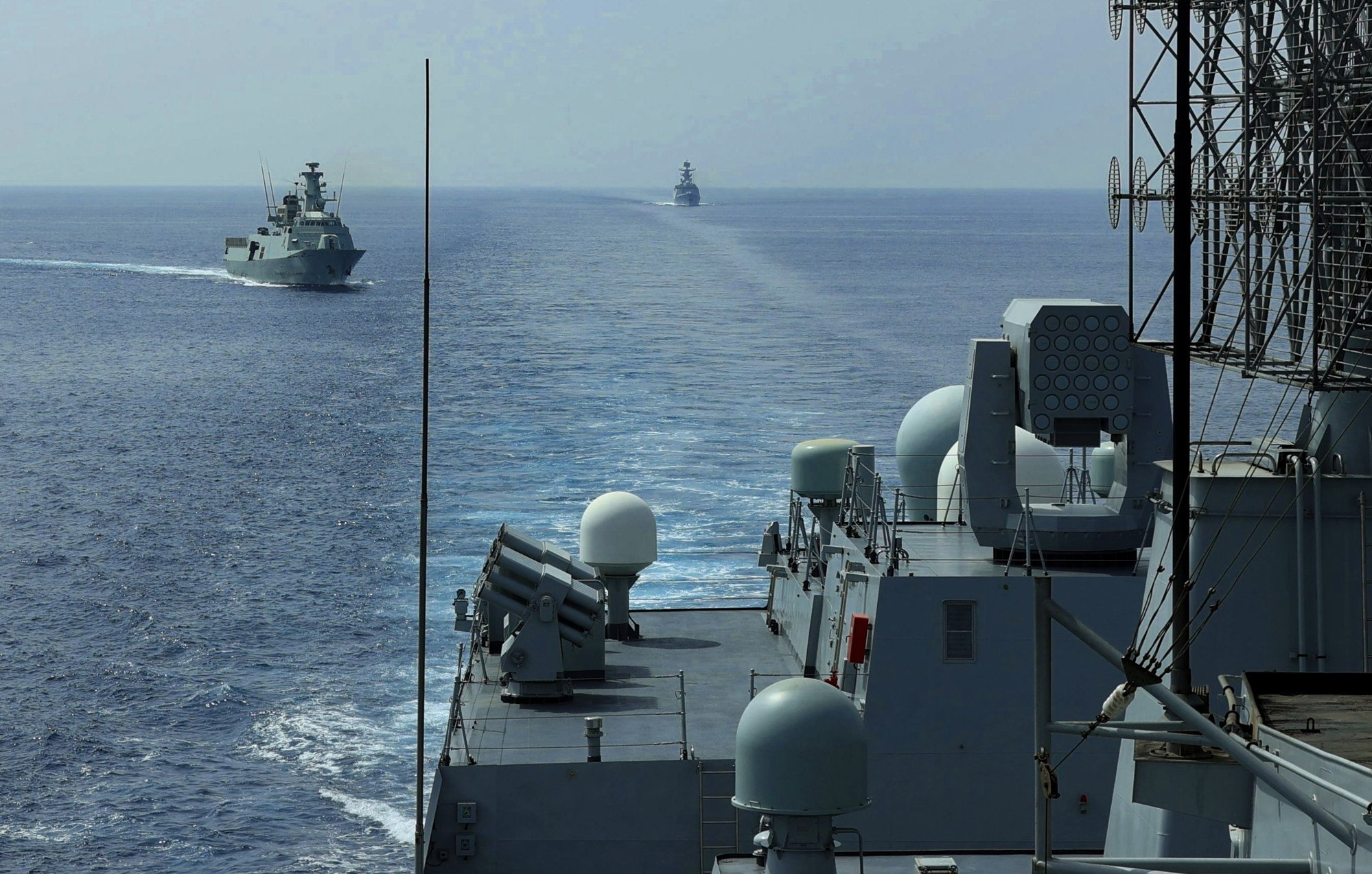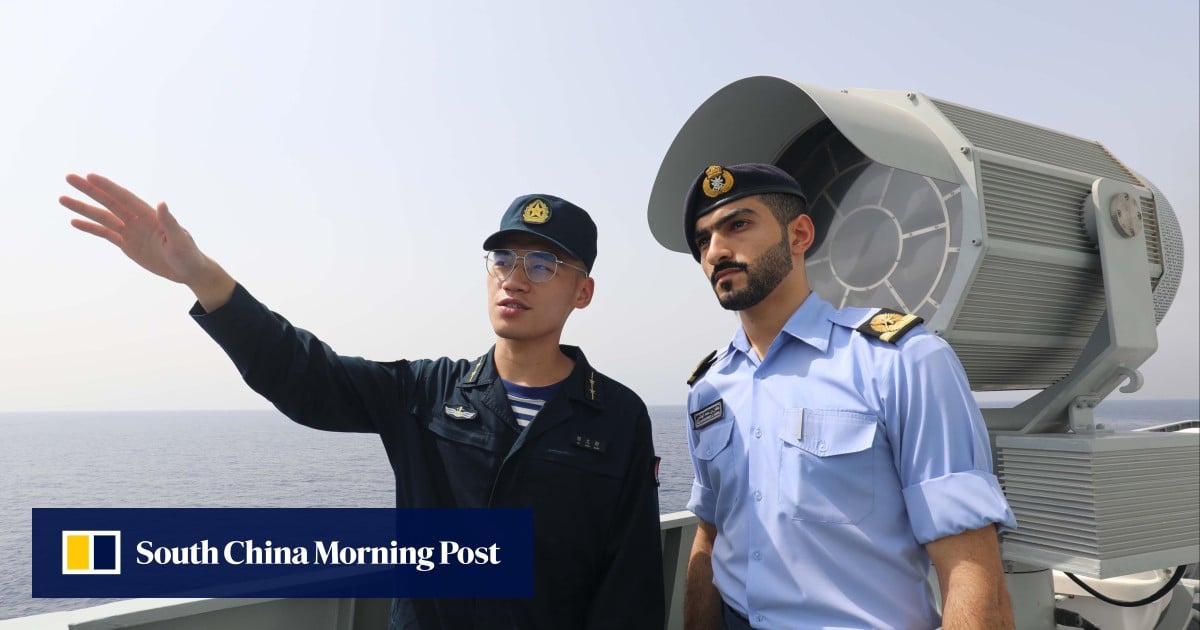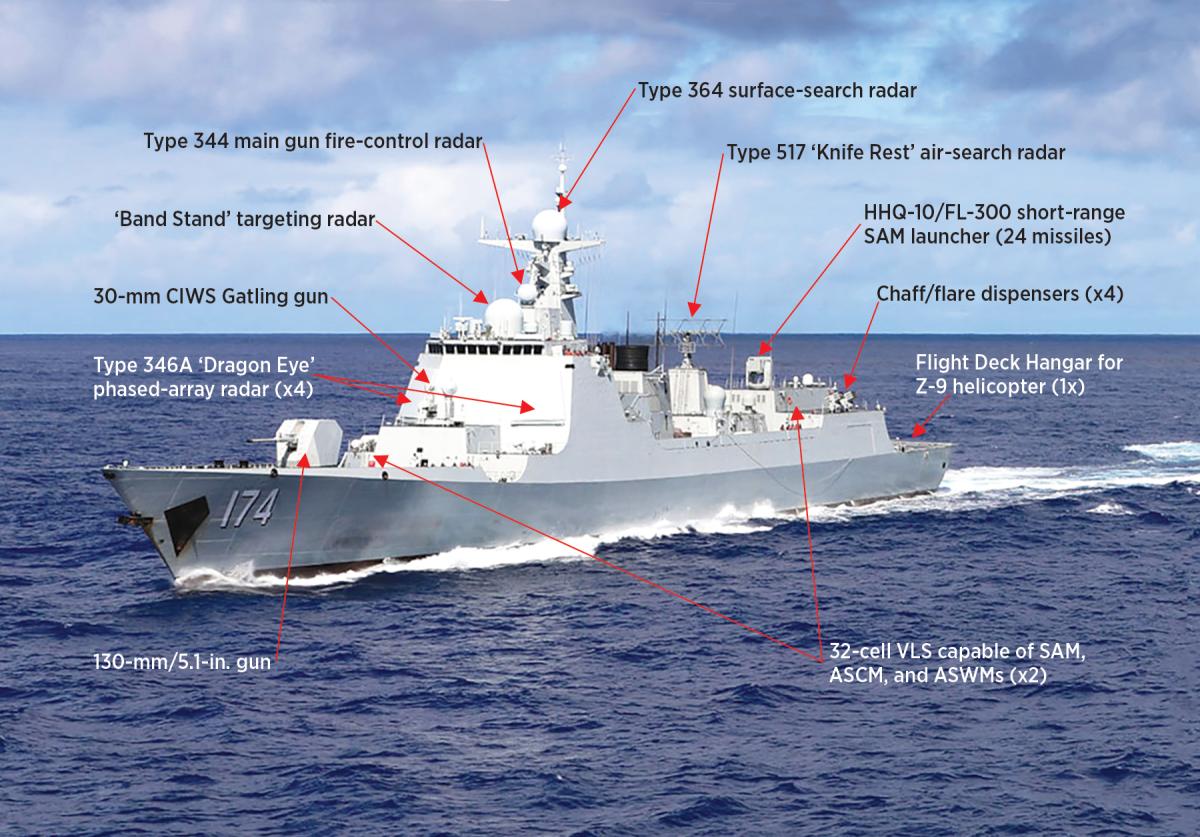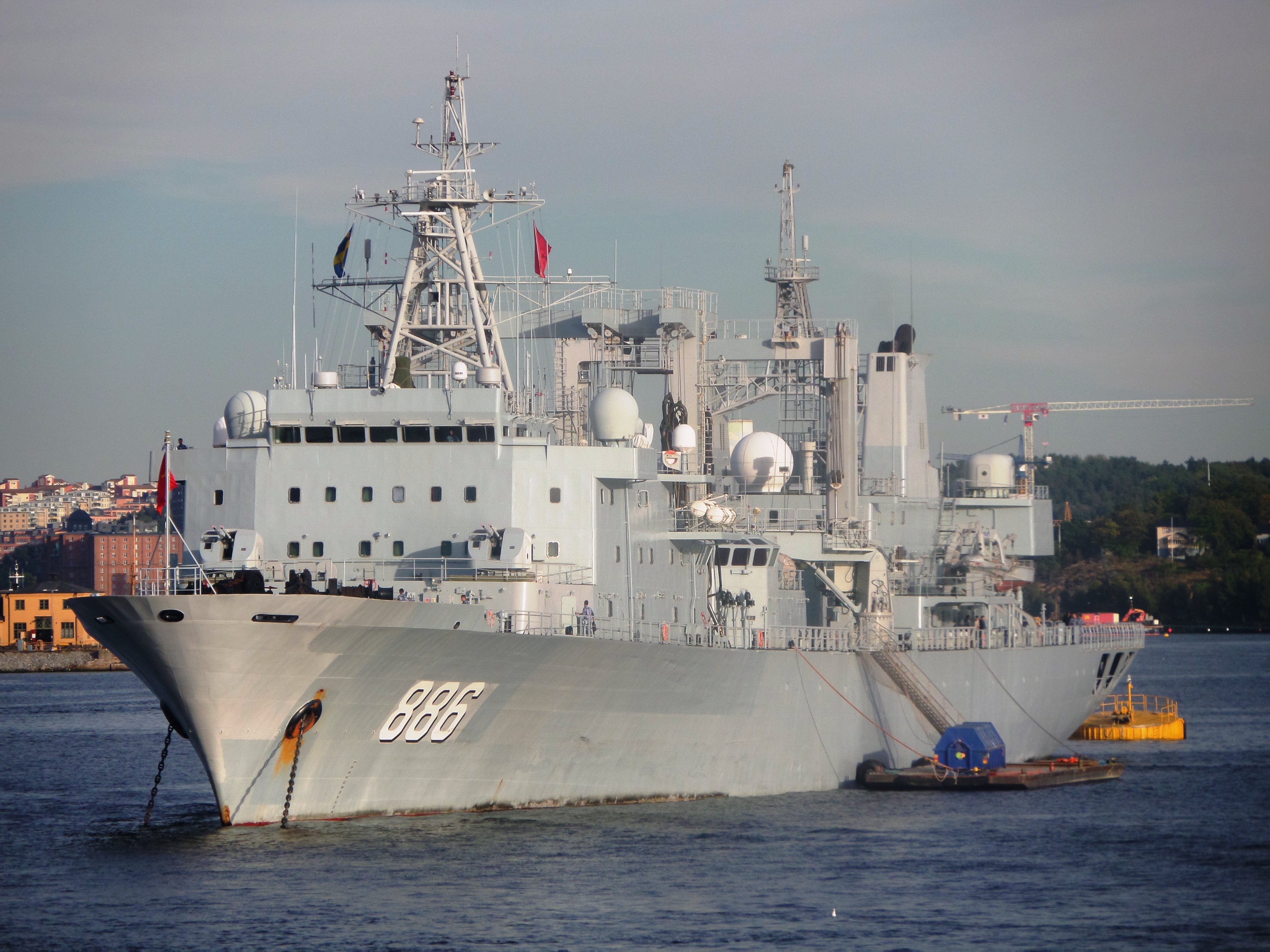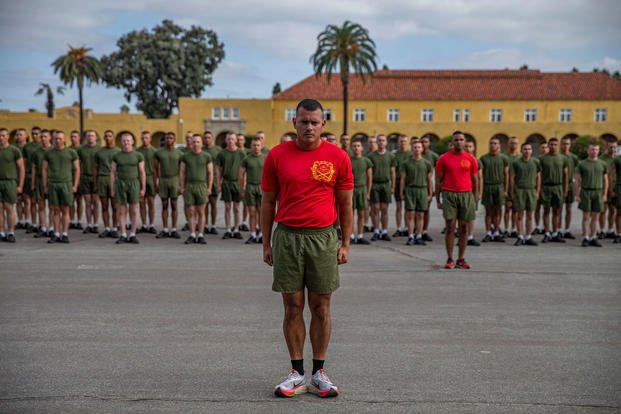This...
The last major conventional war fought by the PLA was the Sino-Vietnamese War of 1978-1981. And the PLA got bled very badly. The leadership at first thought that it would be a repeat of the 1962 war against India. Slap, dash, all units back home within a week. In Shanghai and other major cities, massive posters and roll murals went up showing paintings of victorious PLA troops garnished with floral wreaths coming back from the battlefield, their pristine new rifles and heavy equipment gleaming in the sunlight, trucks, tanks, MRLS launchers also wreathed in flowers. Parents of young recruits were informed by personal telephone calls from regiment and brigade commanders that their sons will return unharmed in a week once the "Viets were thoroughly vanquished".
The beginning of the actual ground force advance across the Guangxi border into Vietnam was compounded by disaster after disaster. First, the newer Type-56 rifles that were supposed to be already at the staging areas for the troops that were to spearhead the advance did not get there in time. The advance units had to open the local Peoples' Defense Militia arsenals which were still filled with World War II weapons and most of the initial assault forces received old Japanese Type 38 Arisakas and roughly 30 cartridges per man. While the leadership in Beijing was engaged in heated fights with the logistics commanders about why the standard issue Type-54 assault rifles had not reached the front yet, the assault force already in Vietnam got a full taste of the same ruthless guerrilla warfare that the Viets had inflicted on the Americans just 6 years earlier. And these battle hardened Vietnamese fighters practically bled the first PLA assault units dry. Worse was that Arisaka rifles still had cumbersome dust covers on their bolts, and as the PLA troops struggled to chamber and shoot in the storm of M-16 and AK-47 fire that the Viets were raining upon them, these dust covers made a distinct racket when the bolts were being operated. Vietnamese snipers simply identified where the sound was coming from through the dense jungle growth, and fired straight through the leaves at the source of the sound, with lethal precision. On top of the chaos already taking place, the PLAAF bomber squadrons tasked with taking out Viet positions from the air got mixed coordinates and some of their bombs struck their own lines, adding to the rapidly mounting casualties.
By the end of the first week, most of the initial assault troops did make it back home, in bodybags. The PLA suffered 5,000 to 10,000 casualties in the first month of the war alone. The main armored columns and logistics convoys finally arrived at the front at the end of Week 2, and with tanks and MRLS systems in full deployment, the odds for the PLA started improving, but the Vietnamese army had also dug in along the route that the incursion was to travel, and an incredibly bloody stalemate marked the rest of the year of active fighting. The war did not officially end until 1981 when the PLA returned most of their holdings in north Vietnam back to it's owners after the signing of almost a year of vague terms. The PLA suffered up to 20,000 casualties. The numbers were greatly reduced by the PRC official propaganda channels and for a while, people were not even allowed to talk about the war. Soldiers returning home were instructed to not share any details of their experience with anyone. Both my aunt in Shanghai and my mother living in the same luongtang (apartment block street) received official PRC national seal stamped letters from Beijing informing them that all mail domestic as well as going abroad would be read by military intelligence, every piece of mail, and if any mention were made of the war or to discuss the politics behind the war, they will be subject to a very heavy fine and imprisonment up to 2 years. Everybody received these letters periodically for the next 5 years.




